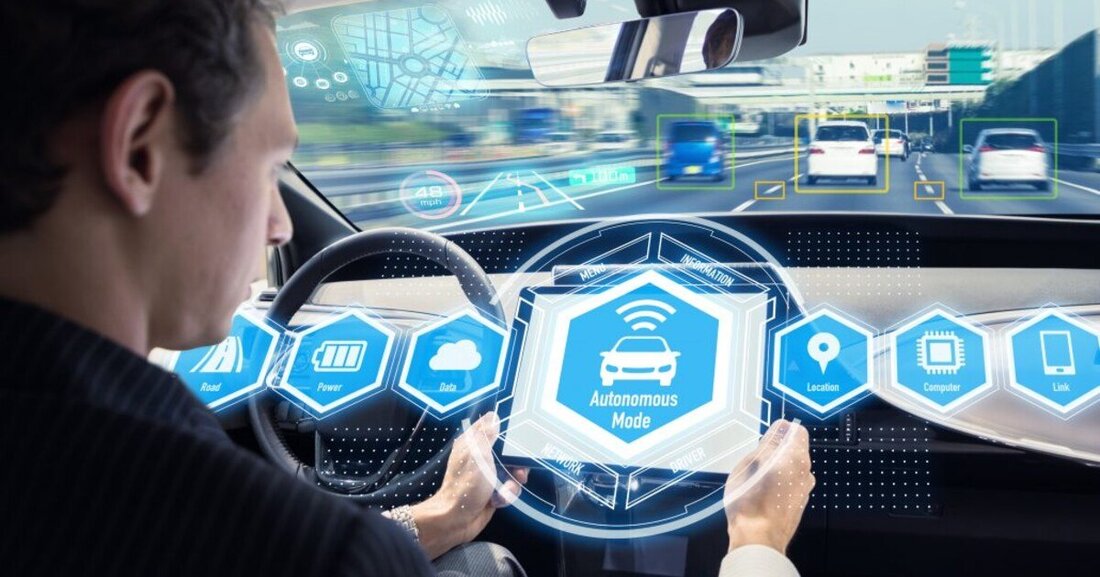The quantum computer as a passenger
New quantum-based driver assistance systems are intended to improve the driving experience and increase safety.

The quantum computer as a passenger
Several automobile manufacturers such as Toyota, Volkswagen Group, Ford Motors, BMW Group and Mercedes-Benz have already partnered with quantum computing companies to use this technology for various applications. The technology has already proven itself in the development of car batteries and the optimization of connectivity, and now it will also be used in advanced driver assistance systems (ADAS). Manufacturer Tesla, for example, wants to use quantum AI for its future Full Self-Driving (FSD) solution. Automotive cybersecurity expert VicOne emphasizes that this requires reliable protection against cyber attacks.
Driving assistants (ADAS) use sensors, cameras, radar and lidar. The real-time information is used to control functions such as adaptive cruise control (ACC), which proactively regulates the distance between vehicles, as well as lane departure warning, collision warning, blind spot detection, pedestrian detection and parking assistance. The successful deployment of all of these features depends on two key components: sensors and AI. Vehicles with ADAS technologies require many sensors to provide comprehensive and complete user data about the car and its surroundings. Based on this, the on-board or cloud-based AI then supports intelligent decision-making and enables autonomous driving.
Although the state-of-the-art sensors are still in the early stages of development, they have the potential to make ADAS more robust and reliable. This occurs through improved information capture, more accurate positioning and navigation, fewer false alarms and misjudgments, and improved learning and self-optimization, achieved by combining quantum-based sensors with the intelligent learning capabilities of ADAS. However, to provide the AI functions, ADAS require significant computing power, such as that offered by the Tesla Model 3 Highland version with 720 trillion operations per second (TOPS). In addition to CPU and GPU improvements to increase performance, NPUs (Neural Processing Units) have also seen a resurgence recently. In addition, QPUs (Quantum Processing Units) are considered the stars of the future and promise higher computing power for use in cars.
However, as quantum computing technology finds widespread use in autonomous vehicles, concerns also arise about possible disruption of quantum computations or interference with quantum computing operations, which may lead to safety risks, not to mention risks to human life. The main risk is the so-called quantum decoherence. The core, which ensures the high computing power in quantum computers, can be disrupted by, among other things, temperature fluctuations or electromagnetic fields. According to VicOne experts, preventing or mitigating these disruptions is therefore crucial for the development and practical implementation of quantum-based technologies, especially in ADAS.
The integration of quantum technology into ADAS applications is expected to not only become mainstream but also have a significant economic impact on the automotive industry. According to a McKinsey report, the groundbreaking technology will generate between $2 billion and $3 billion for the automotive industry by 2030. However, as automakers eagerly embrace quantum technology, VicOne said it is imperative to keep an eye on the risks associated with quantum technology and implement risk mitigation strategies to ensure the safety of vehicles and drivers.

 Suche
Suche
 Mein Konto
Mein Konto